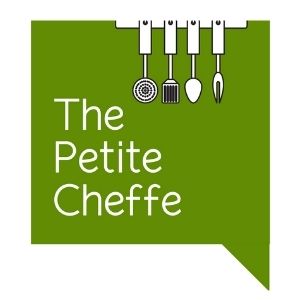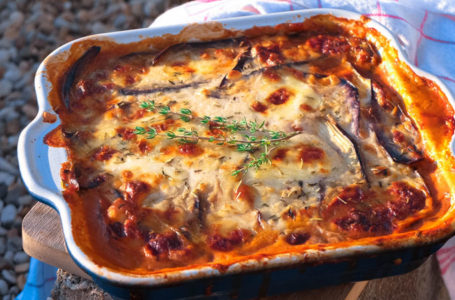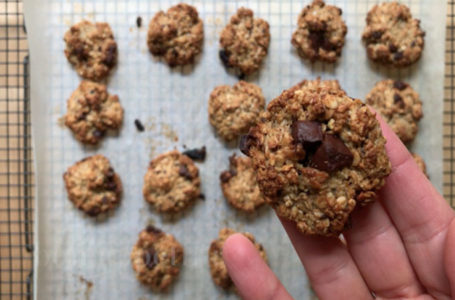Jerusalem Artichoke Curry Soup
- Soup Vegetarian
ThePetiteCheffe
- 9 November 2020
- 0
- 2538

Today I am showcasing an ancient vegetable. Jerusalem artichokes, or Sunchokes aren’t actually artichokes, but rather a variety of sunflower that resembles a ginger root! Contrary to what the name implies, this root vegetable has nothing to do with Jerusalem. It is thought to be derived from the Italian word for sunflower : Girasole
Today’s recipe features a trick that I have recently been adopting when cooking vegetables that are usually difficult to digest. By simply blanching those fiber-stacked veggies in boiling water and a tsp of bicarbonate I not only reduce their cooking time by almost a half but I almost can guarantee a zero bloated sensation afterwards! Don’t thank me, thank my mother in law for this very well kept secret 🙂
Enough of me talking, onto the recipe!
Ingredients
- 500g Jerusalem artichokes
- 200g peeled potatoes
- 1 tsp bicarbonate
- 1L vegetable stock
- 2 tsp curry powder
- Coconut milk
- Pumpkin seeds
- Croutons
- Fresh curcuma (optional)
- Cumin seeds
- Salt & pepper
How to Make It
Step 1
Wash and scrub the Jerusalem artichokes, no need to peel them, the skin is edible, then chop them into large cubes
Step 2
Peel and chop the potatoes into large cubes
Step 3
Bring some water to a boil, add 1 tsp of bicarbonate and then drop in the vegetables. Blanche* the vegetables for about 3 minutes scraping off the foam that appears on the surface of the pot
Step 4
Remove the vegetables from the pot, toss the water away
Place the vegetables back into the pot then add 1 L of vegetable stock, cover and cook for 15 minutes
Step 5
In the meantime, toast some bread, (I used raisin whole grain bread) and cut up into small cubes
Step 6
Once the vegetables are cooked through, using a hand blender, blend the soup until desired texture is reached (feel free to add some water if the consistency is too thick to your liking)
Add the curry powder and mix
Step 7
Serve the soup into deep bowls, garnish with a drizzle of coconut milk, some pumpkin seeds, croutons, cumin seeds, fresh curcuma, salt and pepper
Enjoy hot
Blanching vegetables in Bicarbonate?
As I mentioned before, it’s a very well kept ancient secret. It was commonly used to keep the vibrance of the vegetables, by adding bicarbonate to water it renders it Alkaline, which prevents the chlorophyl in vegetables to break down. This means, the vibrant colour of a broccoli will be preserved! But you must know that adding bicarbonate also means that you’re adding sodium (the bad kind of sat) to your diet. So when I blanche my vegetables in bicarbonate I make sure I give them a quick rinse before resuming the recipe.
Adding bicarbonate while boiling legumes also means cutting their cooking time in HALF! So make sure you bare that in mind! I once was cooking lentils in bicarbonate and set the timer as indicated on the packaging, little did I know, when the buzzer went off, I was left with a puree of lentils…
Bicarbonate have so many other benefits, in addition to naturally whitening teeth and to treat acid reflux, I also use it around the kitchen, it is perfect for cleaning the oven and any grease stained pots! By doing so, not only are you protecting the environment but also your health!










